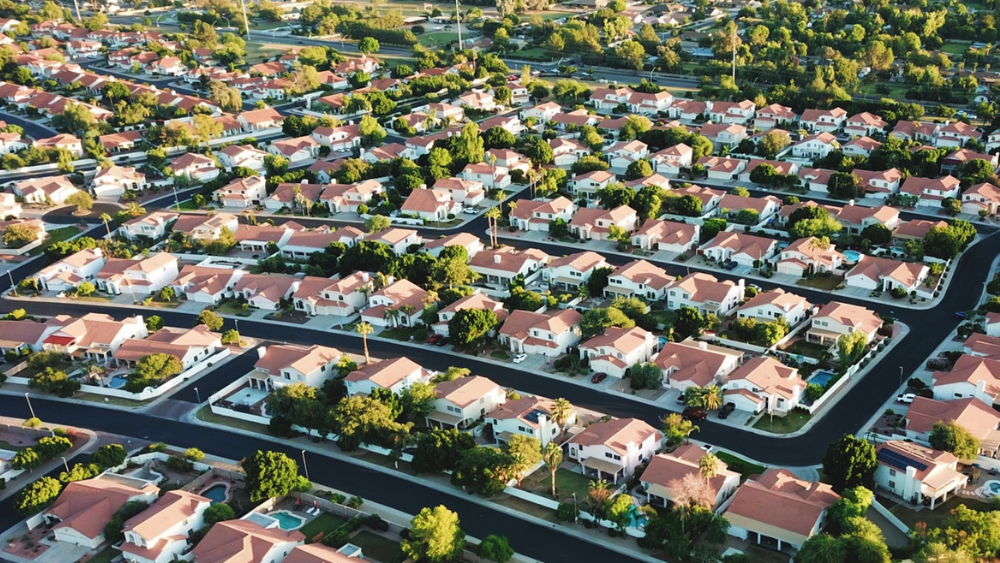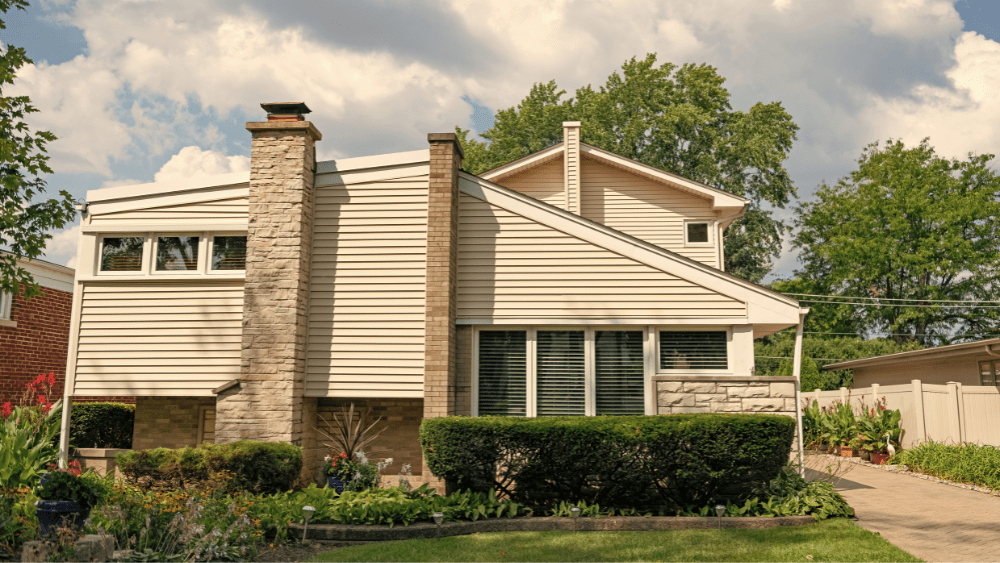
Homeowners often harbor a love-hate relationship with HOAs (Homeowners Associations). You may have conflicting emotions about buying a house that’s part of a managed community, or perhaps you’re questioning a recent increase in your HOA dues. As you investigate costs, you may be asking, “Why are HOA fees so High?” or “How do my local HOA payments compare to other neighborhoods?” In this guide, we’ll break down HOA fees and facts, and why they can sometimes feel surprisingly high. We’ll also share which states have the highest fees and offer insights to help you decide if living in an HOA community is the best choice for your lifestyle. Homeowners Association (HOA) fees are monthly or annual charges that property owners in certain communities must pay. These fees are collected by the HOA to cover the costs of maintaining and improving shared spaces and amenities within the community. Whether you’re eyeing a condo, a townhouse, or a single-family home within a managed neighborhood, it’s important to include any required HOA fees in your monthly financial equation. HOA fees go toward a variety of expenses that benefit the community as a whole. Here’s a quick breakdown: According to a study conducted by Today’s Homeowner using data from the Foundation for Community Association Research, the average monthly HOA fee in the U.S. is $390, or about $4,700 annually. In most states (43 out of 50), the monthly HOA fee ranges from $300 to $400. The data collected also identified disparities and geographic trends in HOAs. For example, the study found that in Missouri, HOA residents pay an average fee of $469, while in Wisconsin, a homeowner pays an average of only $277. HOA fees can vary widely depending on a number of factors:What are HOA fees?
What are HOA fees used for?
How much are average HOA fees?



